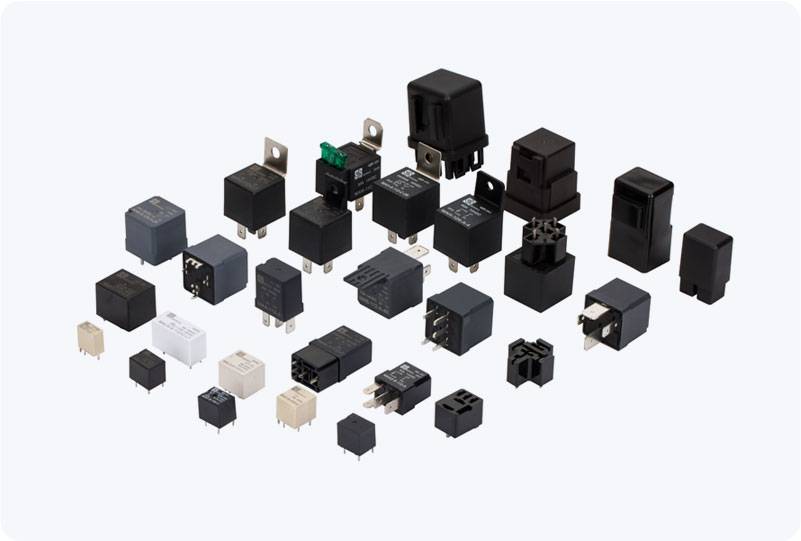As the automotive industry continues to evolve, the adoption of electric vehicles (EVs) has surged, driven by the demand for cleaner, more efficient transportation. One critical component in the transition to electrified mobility is the 48V automotive relay, a key element in modern electric vehicles’ electrical systems. These relays play an essential role in managing the high-power demands of EVs, ensuring both safety and efficiency in the power distribution systems. In this article, we explore the significance of 48V automotive relays, their functions, design considerations, and their growing importance in electric vehicles.

The Need for 48V Systems in Electric Vehicles Traditionally, vehicles have relied on 12V electrical systems. However, as electric and hybrid vehicles have become more prevalent, there has been a shift towards 48V systems. The 48V architecture offers several advantages, including the ability to deliver higher power and efficiency without the need for bulky and expensive components. This makes it particularly well-suited for powering systems such as electric motors, regenerative braking, and air conditioning units. The transition to a 48V system addresses the increasing demand for energy in modern vehicles, particularly with the growing use of electric drivetrains and other power-hungry systems. It allows for a more compact design while still providing the necessary power to support multiple electronic functions, thereby improving the overall efficiency and performance of the vehicle.